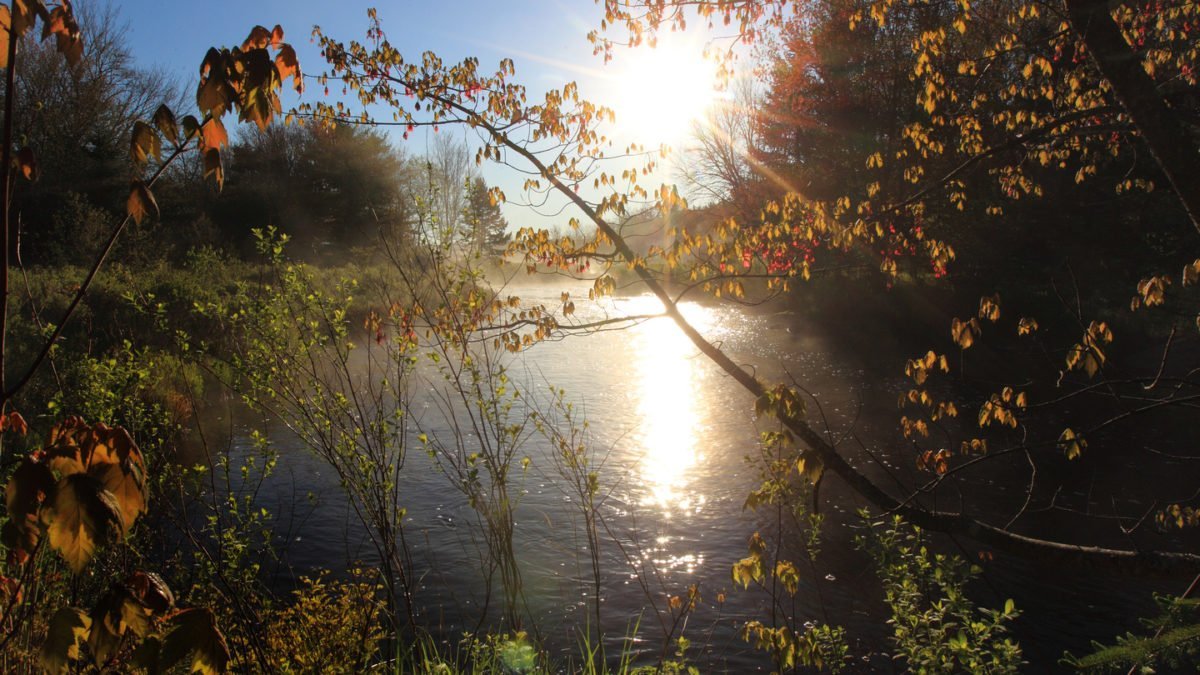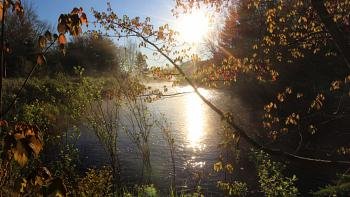Rebuilding from a pandemic should strive to pay off Canada’s ecological debt
Our country has faced the COVID-19 pandemic with admirable scientific leadership from public health authorities across the country who continue to guide us through the challenges of protecting our communities. Alongside health concerns, many have worried about the effects of the pandemic on the Canadian economy. Contractions. Recessions. Losses. More debt.
In coming election seasons, federal and provincial, we expect a familiar cast of characters jockeying on the topic of economy. Some will promise to erase debt. Others will promise to increase growth. Both will assure their constituents that a prosperous future awaits.
What has been largely overlooked, however, is our ballooning ecological debt. While our attention to ecological problems has been reduced during the pandemic, we have more than doubled our use of disposable plastics and relaxed environmental regulations and oversight around the country. Who will speak to repaying this ecological debt?
We are reminded in these moments of crises – by pandemics, floods, and fires – that ecological integrity is inexplicably linked to human welfare. But if we fail to recognize these links, we risk missing the opportunity to recover our biodiversity and environmental life support systems alongside our economy.
An ounce of prevention is worth a pound of cure, as we have come to know all too well during the pandemic. The sooner we take action, the more suffering we prevent. Working remotely, physical distancing, and limiting household contacts has been estimated to save 40 million lives worldwide thus far and untold prevented expenses in our already-strapped healthcare systems. Similarly, in ecology, the science tells us that the sooner we take action to halt declines and recover ecosystems, the less expensive it is.
Similarly, preventing the collapse of an ecosystem is much more effective than curing an ailing one, both in terms of costs and the chance of success. Over 600 wildlife species are legally deemed at risk of being lost forever from our country, from the tiny Edwards’ beach moth on Vancouver and the Gulf Islands to the beluga whales of the St. Lawrence. The preventions needed to protect Canada’s biological diversity are, however, not in place.
Canada’s federal species at risk law applies only to a tiny proportion of the country’s provinces (~4 per cent ), and half of the provinces and territories lack the dedicated laws needed to protect species (the laggards include Alberta, British Columbia, Nunavut, Prince Edward Island, Saskatchewan and Yukon). In British Columbia, the NDP has assumed a second term while quietly backing away from the endangered species legislation that it promised in 2017. Neither the provincial NDP or Liberal platforms addressed endangered species in the province, even though B.C. has both the most biodiversity in Canada (50,000) and the most species at risk (1,336). This week, 17 experts in biodiversity science and law (including the authors) called for B.C., to renew this commitment and implement legal protections for its quickly-declining species. B.C., is but one example, and there are many others: like recent amendments to Ontario’s Endangered Species Act that create concerning loopholes that delay and undermine species protection.
Those on the front lines of the biodiversity crisis have been watching as populations of Canada’s species wink out, one by one. Nationally, we are at imminent risk of losing 61 species of mammals, over 200 species of plants, 89 species of fish the list goes on and doesn’t include hundreds of other species that are at risk but have not been evaluated or listed. Population sizes are declining in many species that once were abundant, including barn swallows and bank swallows. Across North America, estimates suggest that there are now 2.9 billion fewer birds in our skies than in 1970.
Comments
There are 0 comments on this post








